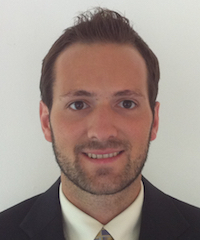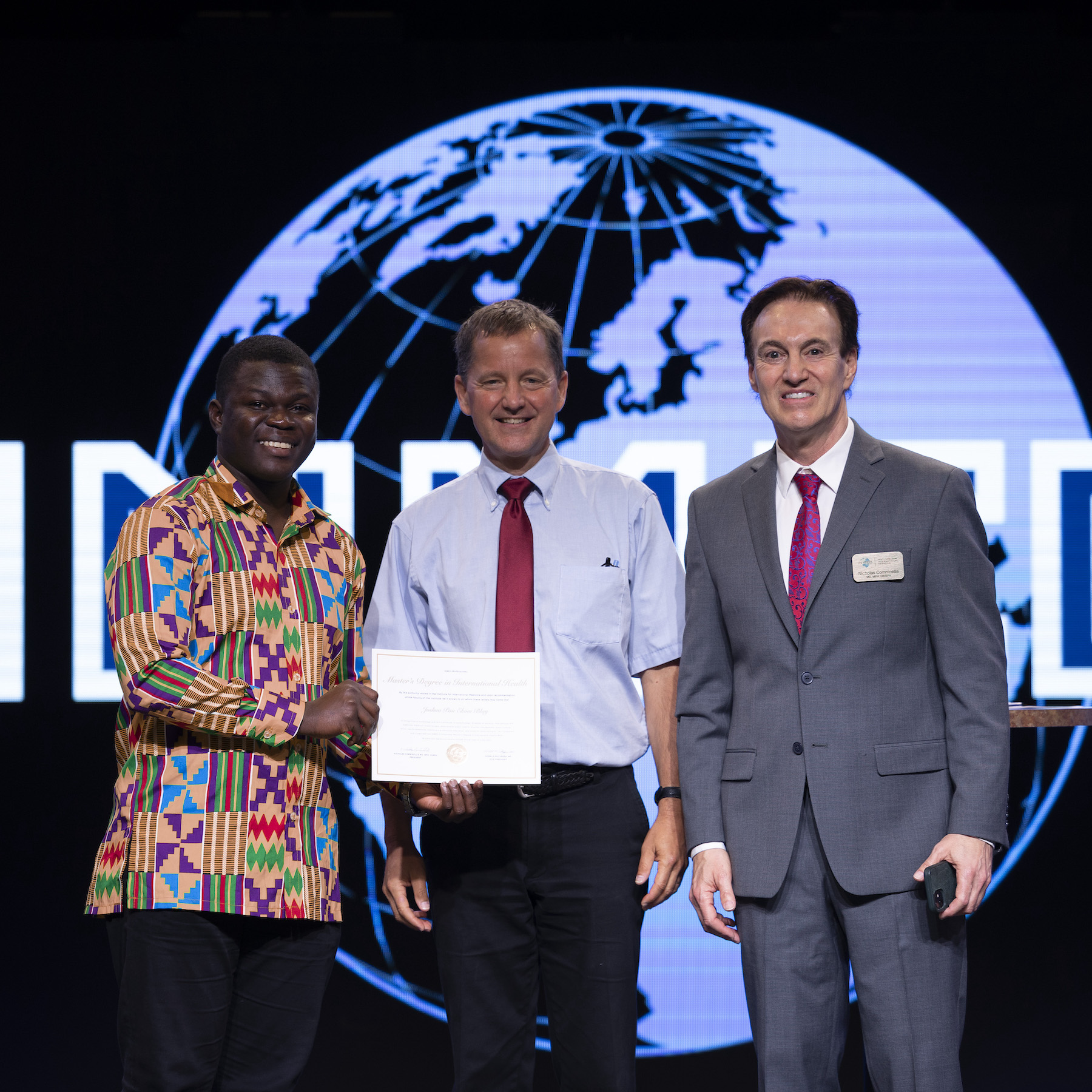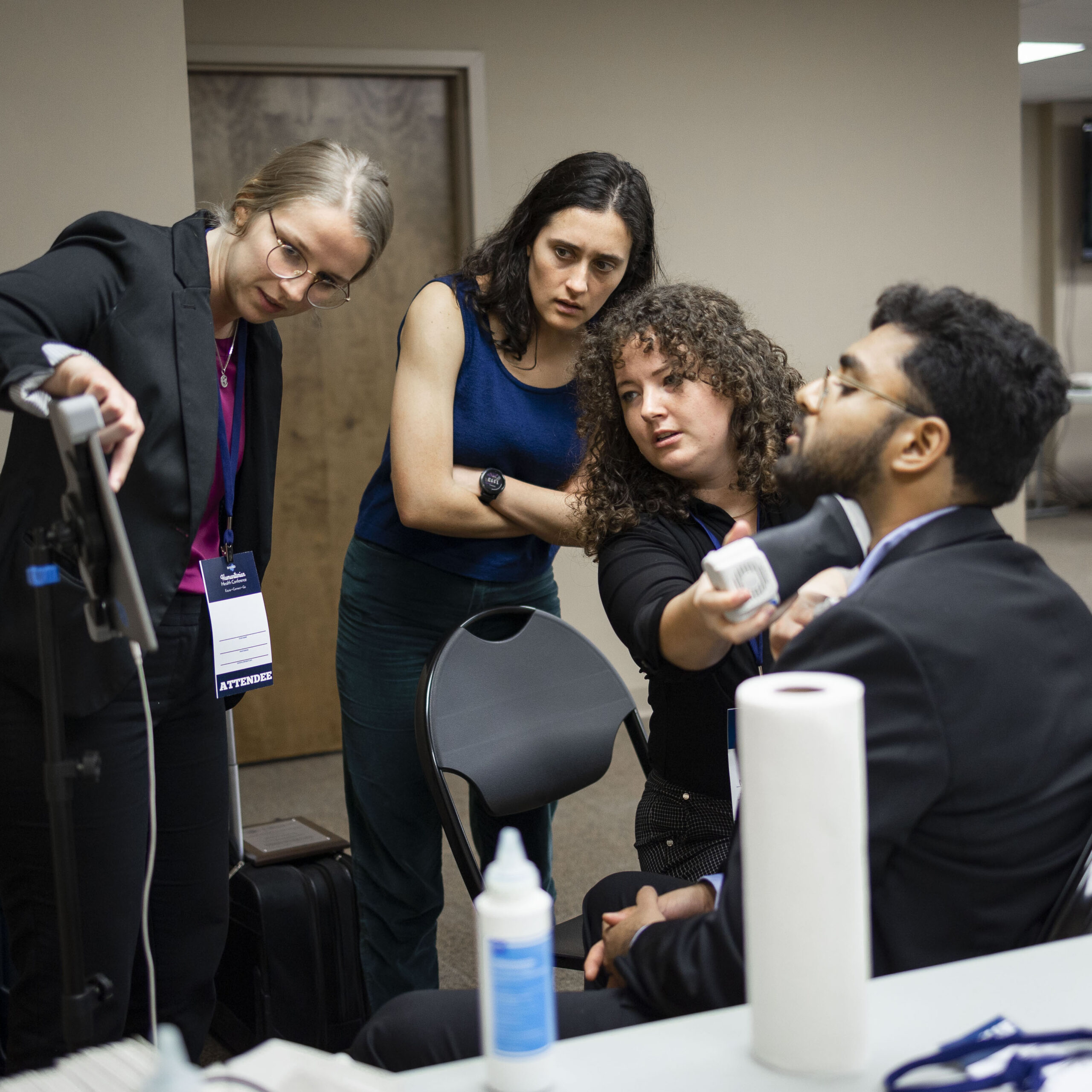Robert Lane
INMED Blog

Hello! My name is Robert Lane. I am a medical student at University of Tennessee College of Medicine, and I’m starting my INMED service-learning experience in April 2013.
- Kilimanjaro Christian Medical Center
- Tanzania
- Graduate Diploma in International Medicine & Public Health
Blog Posts
Healthcare Among The Poorest Of The Poor
May 8, 2013
Its difficult to know how best to work on this problem of healthcare access among the poorest of the […]
Continue ReadingMy Typical Weeks
April 25, 2013
My typical weeks at the hospital have included participating in admissions of new patients with the medical students and […]
Continue ReadingWonderful So Far!
April 15, 2013
Again thanks to everyone who has been an integral part of helping me to come to Tanzania for this […]
Continue ReadingMy First INMED Blog Post
April 1, 2013
Hello! My name is Robert Lane. I am a medical student at University of Tennessee College of Medicine, and I’m starting my […]
Continue Reading


